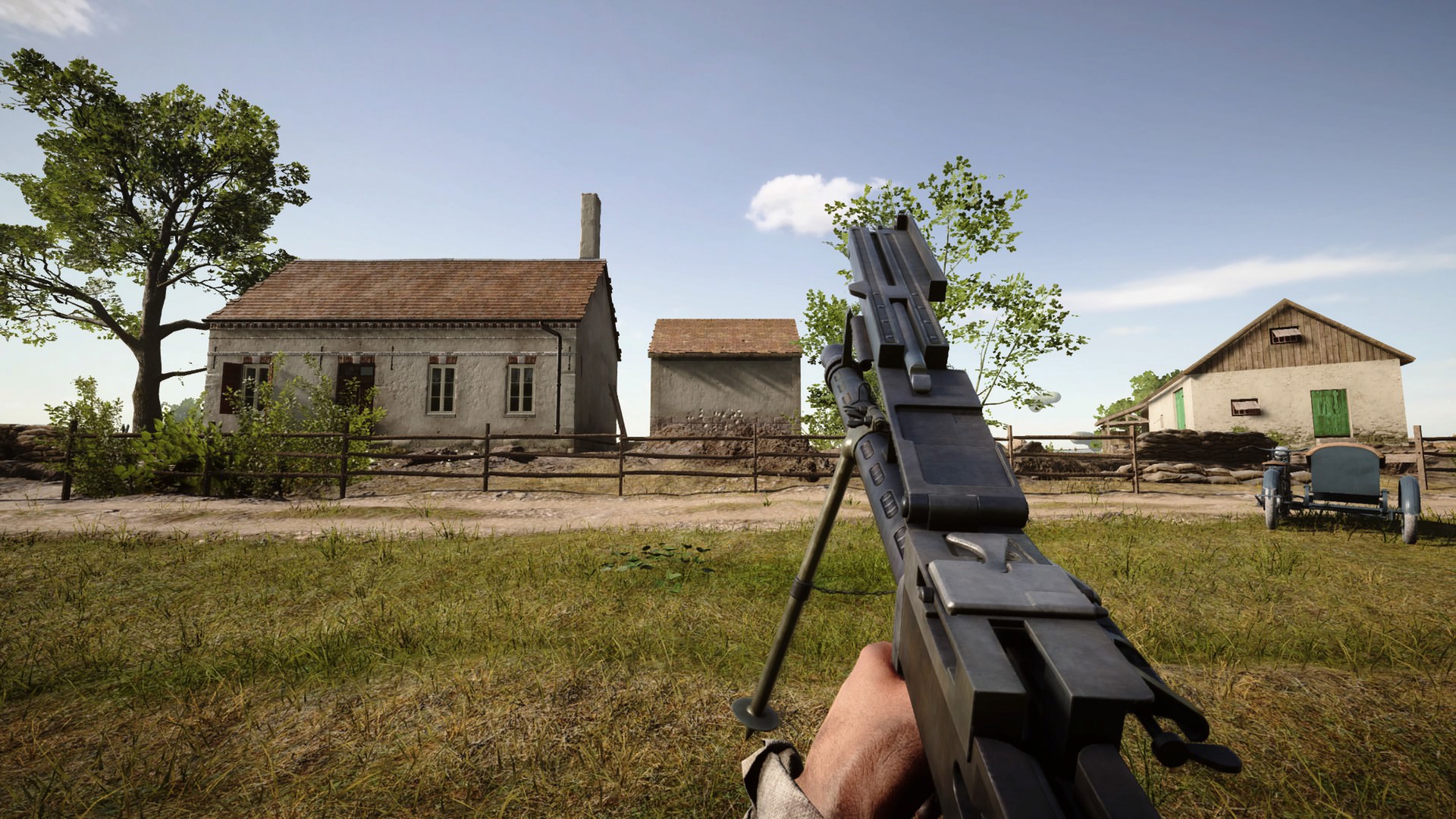

The bolt was slowed back down as the original had stoppage issues when used in the ground role. The major development of the weapon came early in 1916 when the Bergmann MG 15 was converted into a second variation to mirror the development of the Maxim MG 08/15. It was given a pistol grip and trigger grouping instead of spade grips, the heavy cooling jacket was replaced with a thin perforated barrel shroud and a bipod was fitted halfway down the barrel. The receiver to the weapon was machined down and lightened, featured a butt stock fitted to the end of the weapon. For ground use, this weapon was adopted as the Bergmann MG 15. For aircraft usage, the bolt was lightened and the mechanism sped up from 500 rounds per minute to 800. The weapon was then lightened for both infantry and aircraft use. The original design, borrowing from the 1910 pattern, was a heavy ground-based weapon fitted with a water-cooling jacket.

The locking system, in which a cam moves a lock vertically in the weapon was not dissimilar to the Browning machine gun designs. The Bergmann gun used a lock system patented by Theodor Bergmann in 1901 along with the short recoil principle of operation. It was briefly used in World War II due to the poor resupply abilities as a last ditch weapon used by the Volkssturm, Germany was using any weapon they had in the last parts of the war. It used 100/200 round belts and utilized a bipod, which allowed the weapon to mount on a surface for more accurate firing. The Bergmann MG 15na was the World War I production version of 1915 light machine gun developed by Germany.


 0 kommentar(er)
0 kommentar(er)
